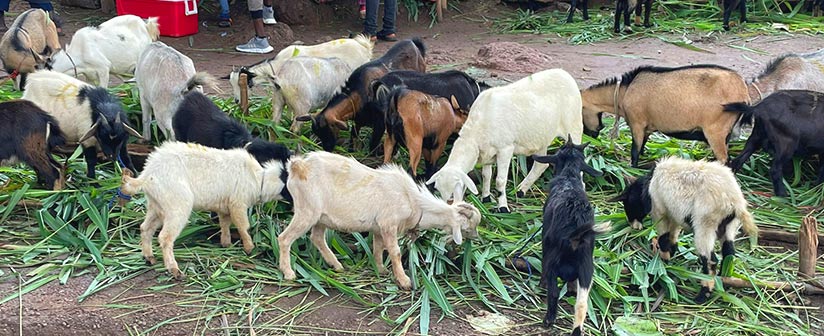Case Study 2
Case Study 2
Hunting
Within Case Study 2, we aim to explore the role of bushmeat and hunting within rural economies by conducting ethnographic research involving hunters, traders, butchers, and consumers of hunted meat in rural and peri-urban areas of Sierra Leone.

‘Bushmeat’ is a broad term that encompasses disparate species of animals, from small rodents to elephants. The contribution of the bushmeat trade to West and Central African economies is significant but it is often invisible, as the role played by various actors along the supply chain and the benefits they derive from their participation in the bushmeat trade often go unreported or are hidden. For many outsiders, perhaps the most well-known aspects of the trade are negative: that it is a key driver of the depletion or extinction of varied species of wildlife, warranting the use of the phrase bushmeat crisis; and that consumption of bushmeat is linked to the transmission of zoonotic diseases such as Lassa Fever and Ebola, which ravaged Sierra Leone and neighbouring countries between 2013 and 2016. Nevertheless, bushmeat remains an important and valued source of food and income for millions of Africans. We aim to explore local perspectives on how bushmeat contributes to rural economies and livelihoods, when isolation has been significantly reduced by much improved access to transport, greatly increasing rural dwellers’ ability to participate in markets. This case study will also explore how hunters and other community members engage with institutions who seek to control or manage hunting activity

Led by Jack Jenkins

